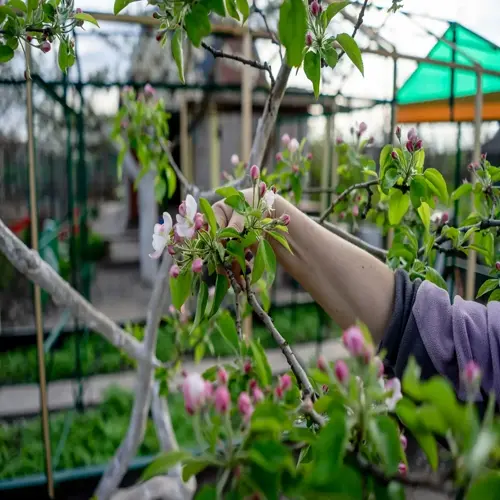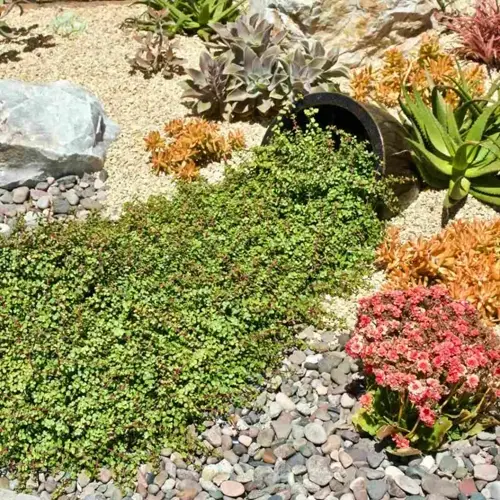Which flowers work best for candying?

Written by
Michael Sullivan
Reviewed by
Prof. Samuel Fitzgerald, Ph.D.Candying flowers preserves their delicate beauty while producing sweet, edible decorations. The best candidates are the sturdily petalled flowers, such as pansies and violets, which retain their shape when coated with sugar syrup. These crystallized flowers are highly decorative in desserts and mixtures of various kinds, and do not melt. They require careful selection to achieve professional results at home.
Violets
- Texture: Maintain crispness during coating
- Flavor: Sweet wintergreen notes
- Tip: Use fully opened flowers for best results
Pansies
- Visual Impact: Colorful faces hold patterns
- Structure: Thick petals withstand syrup
- Tip: Pick flowers with uniform petal thickness
Rose Petals
- Fragrance: Intensifies when candied
- Versatility: Whole petals or buds
- Tip: Choose fragrant heirloom varieties
Prepare candy flowers carefully. Gather the violets about mid-morning when they are quite dry. Wash them gently, avoiding bruising the petals. Thoroughly dry on absorbent cloths. Cut off stems of pansies with fine-pointed scissors. Remove \[the\] petals of the roses from their bitter white bases.
Adhere precisely to the instructions for candying. Apply some egg white to the petals with a soft artist's brush. Sprinkle superfine sugar evenly. Place on wire racks in a low-humidity atmosphere. Allow to dry for 24 to 48 hours, depending on the thickness of the petals. Do not touch during curing.
Store candied flowers correctly. Place it in a closed container and use silica packets with it. Layer with parchment so that the pieces do not stick together. Keep in a cool, dark place, preferably at a temp. below 70°F. Use within recommended time limits. Discard if any show moisture or change of color.
Use candied flowers creatively! Add some into frosted cakes. Float some borage flowers in champagne coupes. Use tiny pansies to decorate macarons. Use sugared rose petals to garnish your favorite cheesecake. As with all flower projects, start with something simple and work your way up to more complex ones.
Read the full article: 20 Edible Flower Varieties for Gourmet Gardens

